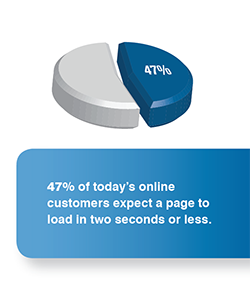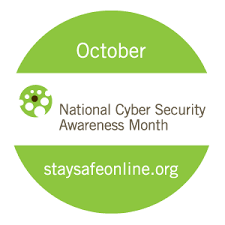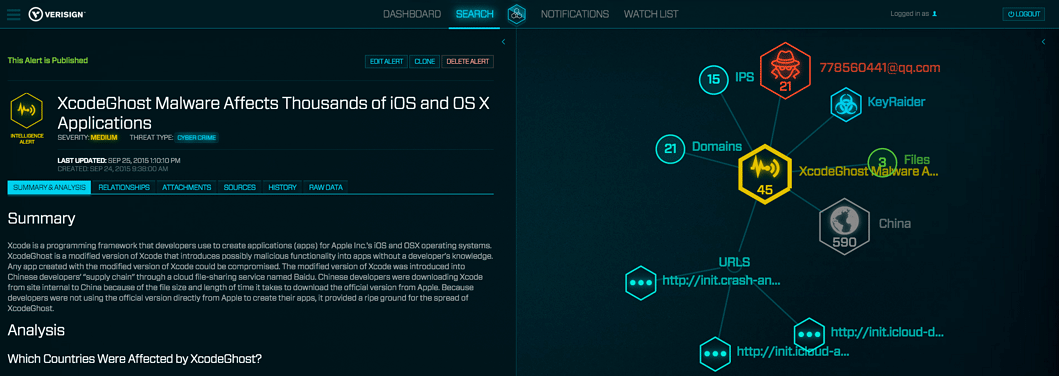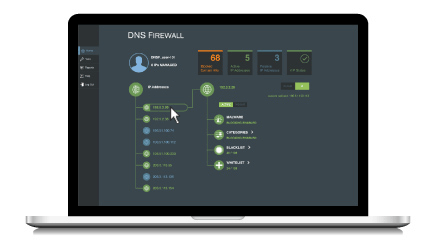
For consumers who are increasingly impatient and expect a website to load within two seconds or less, the majority will quickly abandon a slow-loading page along with their shopping cart, resulting in lost revenue. With so many potential problems to slow down your site, the domain name system (DNS) doesn’t have to be one of them.
What is DNS?
DNS is the Internet’s equivalent to a phone book. It maintains a directory of domain names and translates them to their respective Internet Protocol (IP) addresses, enabling the end user to access a desired Web page. Any disruption to the DNS during the holiday season can be disastrous for retailers.
“DNS is the Achilles’ heel of the Web, often forgotten, and its impact on website performance is ignored until it breaks down,” explains Mehdi Daoudi, CEO of Web performance monitoring firm Catchpoint. However, it doesn’t have to be.





 Cybersecurity is no longer a concern for just IT and security professionals. Recent breaches at organizations like Sony, Target, JP Morgan Chase, and numerous U.S. government entities have brought the issue of cyber-attacks very close to home. If you bank online, use your debit card at a local store or engage in any activity that relies on an Internet-connected system, you are at risk.
Cybersecurity is no longer a concern for just IT and security professionals. Recent breaches at organizations like Sony, Target, JP Morgan Chase, and numerous U.S. government entities have brought the issue of cyber-attacks very close to home. If you bank online, use your debit card at a local store or engage in any activity that relies on an Internet-connected system, you are at risk. 



